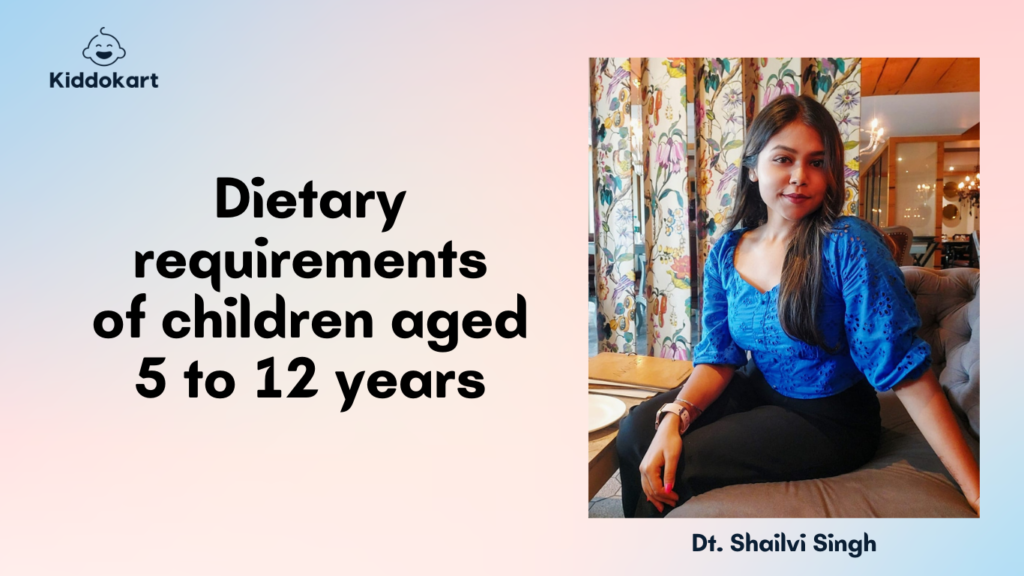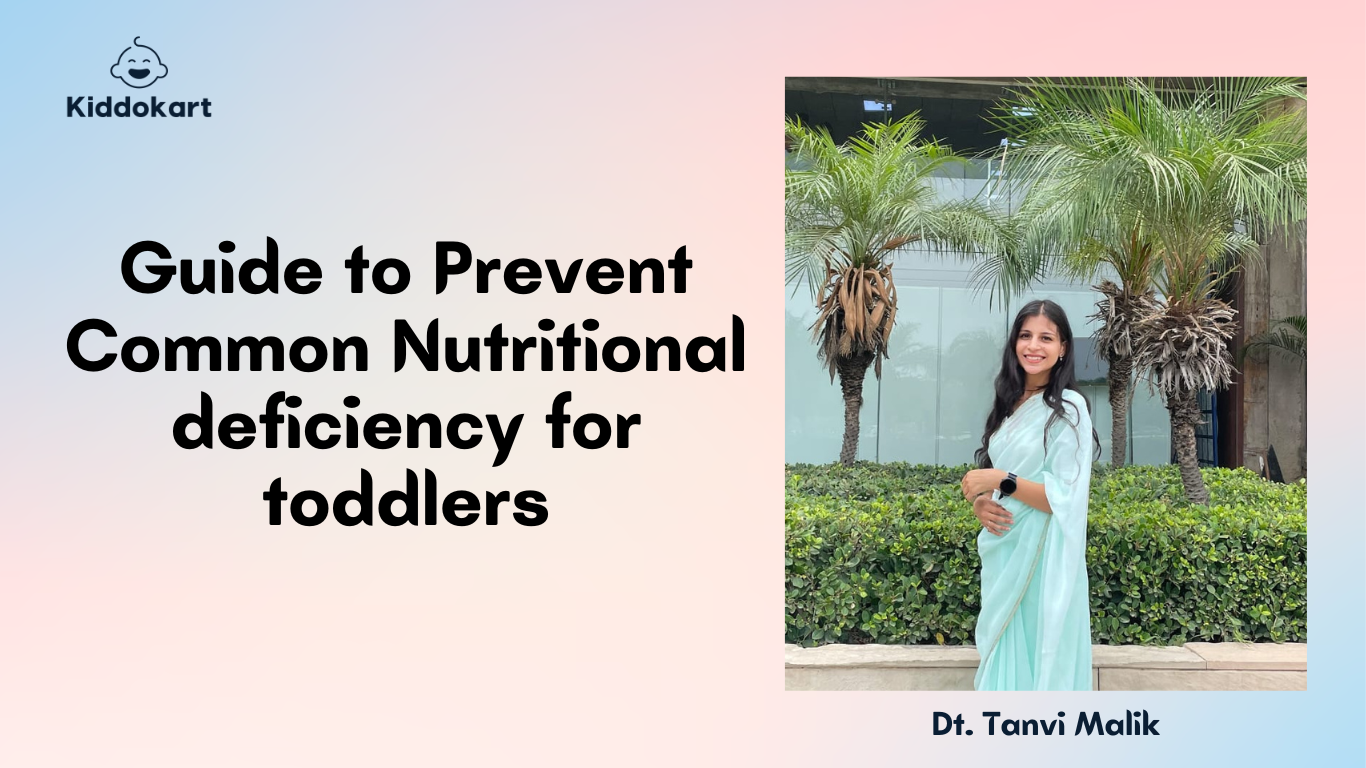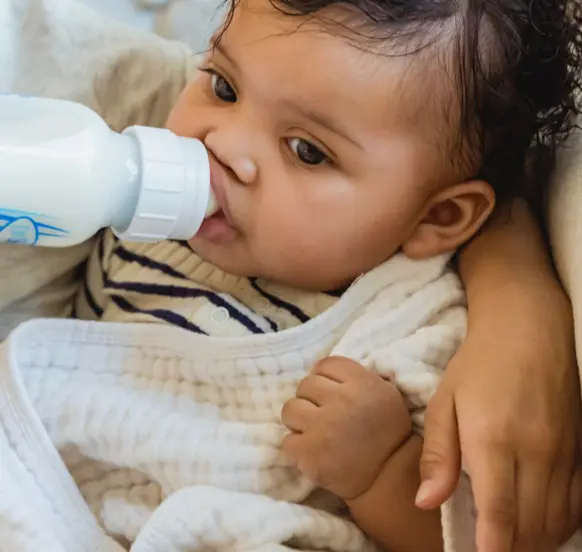Dietary requirements of children aged 5 to 12 years

Children are our nation’s future. Their early-life nutrition balanced diet will help us create a healthy, disease-free society, which will then enhance the general outcome of our future population’s growth and intelligence. Early-life malnutrition delays both physical and mental development and has an impact on capability. Additionally, this leads to frequent infections. All of these could then have an impact on our kids’ physical, cognitive, and intellectual abilities. All parents have a responsibility to instill in their children a love of good foods and maintain nutritional requirements for their children. As time goes on, moulding any adult child will become more challenging. The improper eating choices or a lack of food can both lead to poor nutrition. In the long term, overeating is just as dangerous as bad nutrition.
A solid nutritional foundation, which contains the proper amount of each necessary nutrient food from healthy sources and at the appropriate time, forms the basis of good nutrition, which is just not enough calorie intake.
At this age, children typically engage in moderate to vigorous physical activity while growing quickly. Although they are small in stature and have limited stomach space, they have relatively high energy needs, necessitating the consumption of meals high in energy.
Each person’s calorie needs are influenced by their age, gender, and amount of exercise. In order to develop good eating habits for kids, it is crucial to have regular meals and nutritious food & snacks throughout the day. Children receive the nutrition and energy they need on a daily basis in this way. The best approach to eat healthily is to eat a maximum of six times every day, divided between meals and snacks.

Veggies and fruits:
Fruits and vegetables shield us from a wide range of illnesses, including heart disease, stroke, and several types of cancer in later life. They offer fiber, water, vitamins, antioxidants, and other nutrients.
Vegetables and/or fruits ought to be a part of every meal. Locally grown seasonal fruits and vegetables are best; experiment with fruits and vegetables of various colors, textures, and flavors. Whole fruits are preferable (but only after thorough cleaning), as they contain more fiber and minerals in their skin. According to a study, those who cultivate their own veggies eat more greens. Some kids first object to eating fruits and veggies, but they eventually come around if they witness their family members doing so.
Grains:
Foods made from grains include chapatti, paratha, pohe , breakfast cereals, rice, corn, oats, and millets.
These foods give you the energy you need for learning and growth.
Chapatti and wholegrain breads slowly release energy, giving the youngster longer-lasting energy and a longer-lasting feeling of fullness.
Reduced-fat Dairy Foods:
Reduced-fat Milk, cheese, and curd/yoghurt are excellent sources of calcium and protein, which support the development of healthy bones and teeth. Offer alternate dairy preparations to youngsters who don’t enjoy milk, such as lassi, buttermilk, cheese, or curd or yoghurt. Reduced-fat dairy products are preferred for overweight children.
Proteins are the building blocks of cells and are essential for your child’s growth and skeletal muscle development. Foods high in protein include lean meat, fish, poultry, eggs, beans, lentils, chickpeas, tofu, and almonds. They also supply vitamins, minerals, and omega-3 fatty acids in addition to iron, zinc, and vitamin B12. Red meat and oily fish, which are both significant sources of iron and omega-3 fatty acids, are particularly crucial for a child’s learning and brain development. If you are a vegetarian, use caution while substituting.
Snacks and sweets for kids that are made using nutritious ingredients
The Indian cuisine, there are numerous wholesome options for snacks and desserts. There are numerous recipes in each region. Indian mothers are quite inventive. Allow your youngster to practice selecting healthy food groups for snacks. Items like grams (pus), puffed rice, peanuts, groundnuts, chikki, sprouts, almonds, cheese, curd or yoghurt, and fresh fruits or vegetables might be included. Other options for snacks include idlis, upma, dhokla, apples, pancakes, poha (pressed rice), and cornflakes.
At the end of a meal, dessert may use the same inventiveness. The healthier options include sliced fruits, fruit custard, kheer, carrot halwa, or yogurt, handmade banana bread, nuts with honey, and bhapadoi. Cakes and other high-calorie sweets like chocolate and candies should only be had occasionally.
Remember, it’s always advisable to consult with a healthcare professional or pediatrician for specific concerns about your child’s nutrition and dietary needs.

Meet Certified Dietitian Shailvi Singh
Dietician Shailvi Singh, with her passion for transforming lives through wholesome nutrition, is committed to guiding you on a journey towards a healthier you. With a strong academic background and a heart full of empathy, Shailvi is dedicated to providing personalized nutritional guidance that will help you achieve your wellness goals.
“Explore our website for a curated range of baby and kids products designed to promote learning and growth!”
-
Sale!

Lazy Baby Premium Plush Panda Teddy Bear for Kids
₹1,199.00₹799.00









